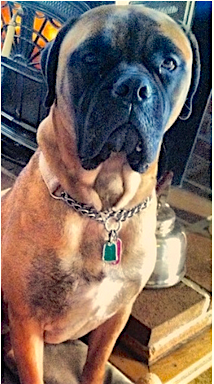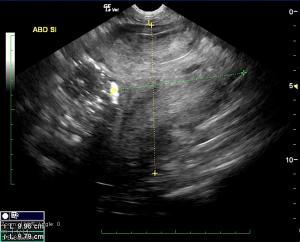Main Menu
- Home
- About
- Specialists
- Eric Lindquist, DMV, DABVP, Cert. IVUSS, Founder & CEO of SonoPath.com
- Nele Eley, DVM, Dr. med. vet., DipECVDI (Radiology)
- Sebastian Schaub, DVM, Dr. med. vet., Dipl. ECVDI (Radiology)
- Sebastian Jawinski German Certified Veterinary Specialist for Radiology
- Maggie Machen Lamy, DVM, DACVIM (Cardiology)
- R. McKenzie Daniel, DVM, DABVP
- Andrea Nicastro DVM, DACVIM (SAIM)
- Beth Johnson DVM, DACVIM (SAIM)
- Kathleen A. Sennello, DVM, MS, DACVIM (SAIM)
- Remo Lobetti BVSc, MMedVet, PhD, DECVIM
- Lisa Carioto DVM, DVSc, DACVIM
- L.D. McGill, DVM, Ph.D., DACVP
- Peter Modler DVM, Dipl.-Tzt., Specialist German Board of Cardiology
- Keith Blass, DVM, MS, DACVIM
- Diane McFadden, BS, RVT, SDEP® Certified Clinical Sonographer, Director of Mobile Operations and Education
- Kelly Vazquez, CVT, SDEP® Certified Clinical Sonographer & Instructor
- Shari Reffi, CVT, SDEP® Certified Clinical Sonographer & Instructor
- Jessica Miller, BS, RDMS, SDEP® Certified Clinical Sonographer & Instructor
- Testimonials
- Join our Team
- Specialists
- Services
- Education
- SonoPath Imaging Center
- Shop




Comments
Thank you to Julie Holland, DVM of Littlestown Veterinary Hospital, Littlestown, PA and Ann Jeglum, VMD Veterinary Oncology Services and Research Center West Chester, PA for managing Gabby's case.